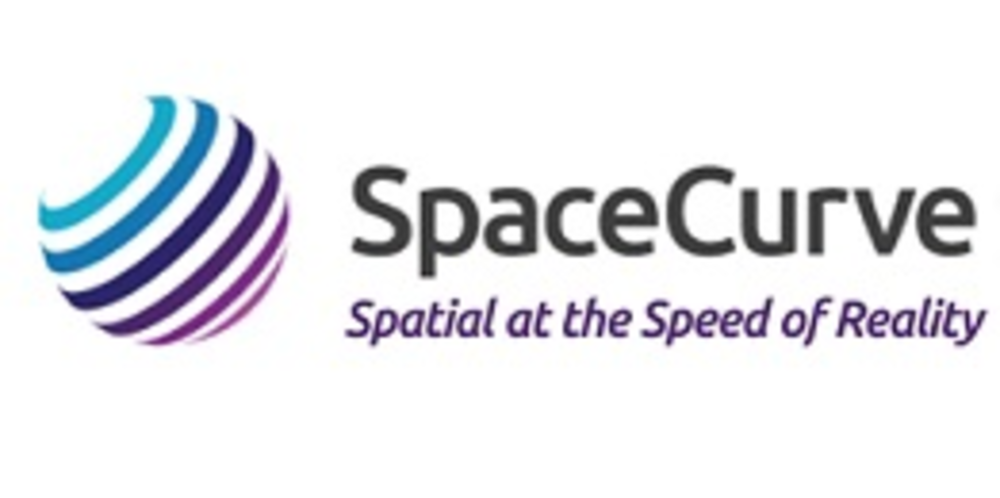Space can’t truly be resolved into a series of tiles. It isn’t really a series of static places. Dividing the world into tiles, into each of which we pour a certain amount of information–that’s what Spacecurve calls the “platial” approach to geo-location.
Spacecurve’s own approach gets described by a real word–“spatial,” of course–perhaps because it’s more reality-based. I spoke with the Seattle-based company’s CEO Dane Coyer about capturing a real-time view not just of where people are, but where they’ve been, where they’re going, and what they’re doing on the way.
“We’re giving everyone the same tools in real life that they’ve had on the Internet for the past fifteen years,” he explained. When someone visits a website, it’s routine online intelligence to know where they came from, what they do while visiting, and their direction when they leave. Spacecurve is building tools to mine the same kind of intelligence from real world, brick and mortar behavior.
It all started, Coyer told me, with Spacecurve founder J. Andrew Rogers’ work at Google Earth. Having played a leading role in the visual indexing of the world service, he became interested in the comprehensive indexing of positional data sources (he’s currently Spacecurve’s CTO). Spacecurve’s platform leverages multiple data sources to create a real-time picture, not just of individuals’ locations, but of their behavioral vectors as they go about their daily lives.
The sources include the kinds public information sets like social media channels, but also what Coyer called “mind-blowing” quantities of positional data derived from cellular networks. Currently, he told me, Spacecurve can track around 40 percent of the US population through real-time, anonymized positional data. He emphasized that the data is anonymized: Spacecurve doesn’t know who you are, but it knows where you’ve been and where you’re going, and can tie that to rich demographic and behavioral insights.
Coyer argues that Spacecurve’s data sources are superior to information based on mobile app use or GPS tracking, each of which require users, in effect, to opt in and switch on. It also has advantages, he said, over a geo-fencing approach. Geo-fencing is less static than tiling, but still “restrictive,” Coyer said. It can stipulate a radius around a relevant location, like a store’s front door, and capture actionable data about whoever is there. Spacecurve’s approach keeps up a running virtual commentary as people visit a series of locations, and as they move between them. “A platial approach worries about location,” said Coyer, “not about dynamic movement through locations.”
The marketing opportunities should be clear. For brick and mortar stores, it becomes possible to track not only visitor’s behavior at a designated location, but where they’ve come from and where they go after, matched with socio-economic and demographic information–as well as a view of activity at competitor stores. This leverages real-time campaign tracking.
Suppose you want to attract a specific demographic to your restaurant with a breakfast offer. It’s always been easy to judge, after the fact, whether sales went up or down. Spacecurve lets you know whether you attracted the demographic you targeted, and whether you increased foot traffic to your location while diminishing it to your competitors’.
Right now, Spacecurve is selling directly to brands, primarily as a cloud-based tool, although it can be installed in-house if required.
It’s not fanciful to see spatial analysis as a component in the burgeoning Internet of Things. All the world an Internet, and individuals leaving informational traces as they traverse it. Spacecurve’s intent is to capture, Coyer said, “the richness and immediacy” of those traces. “We’ve been chipping away at this for years with tiling and geo-fencing. But this is transformational.”








